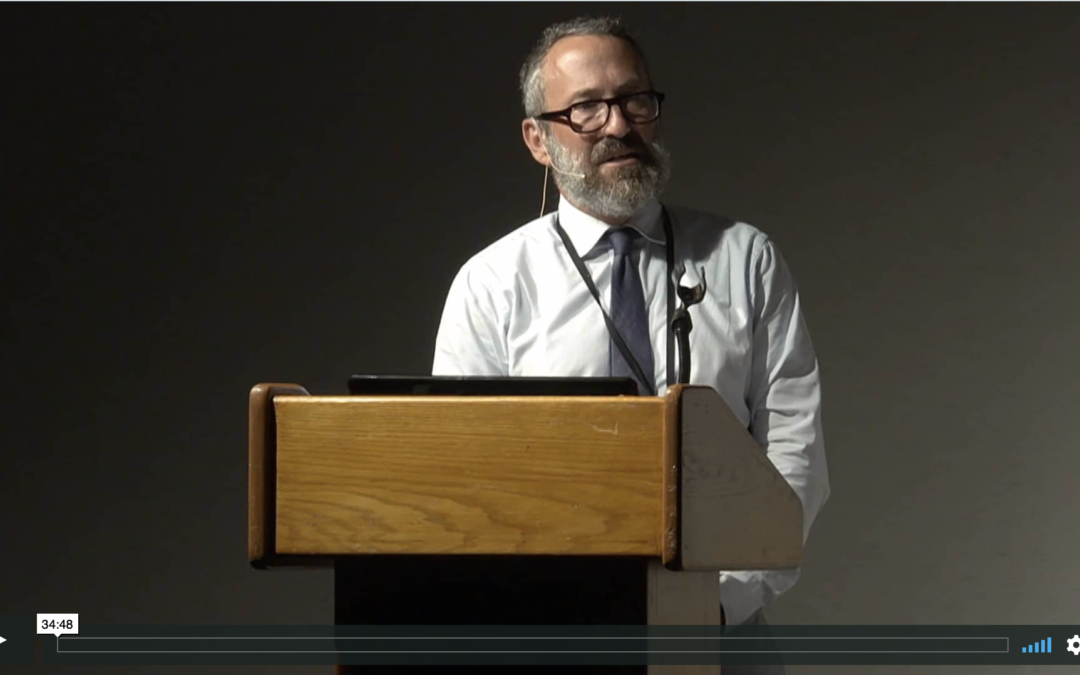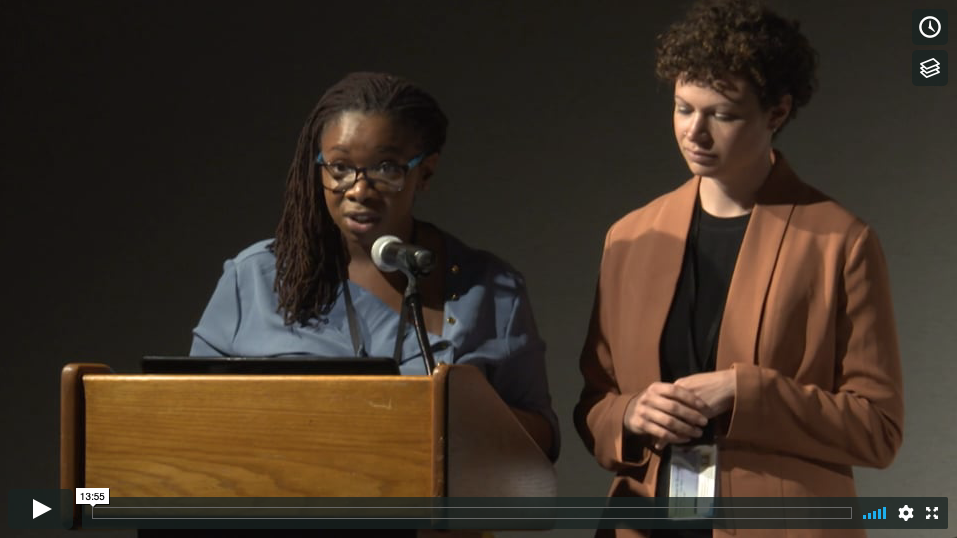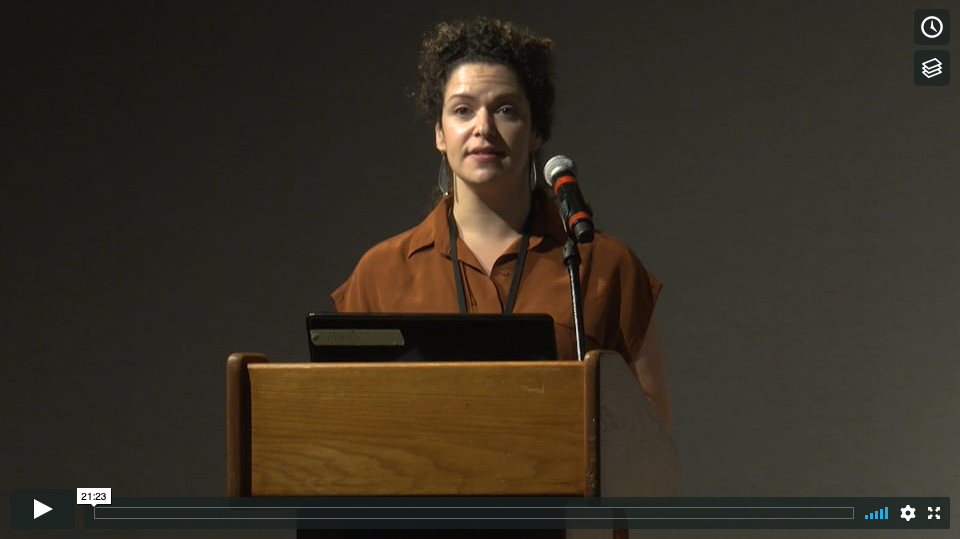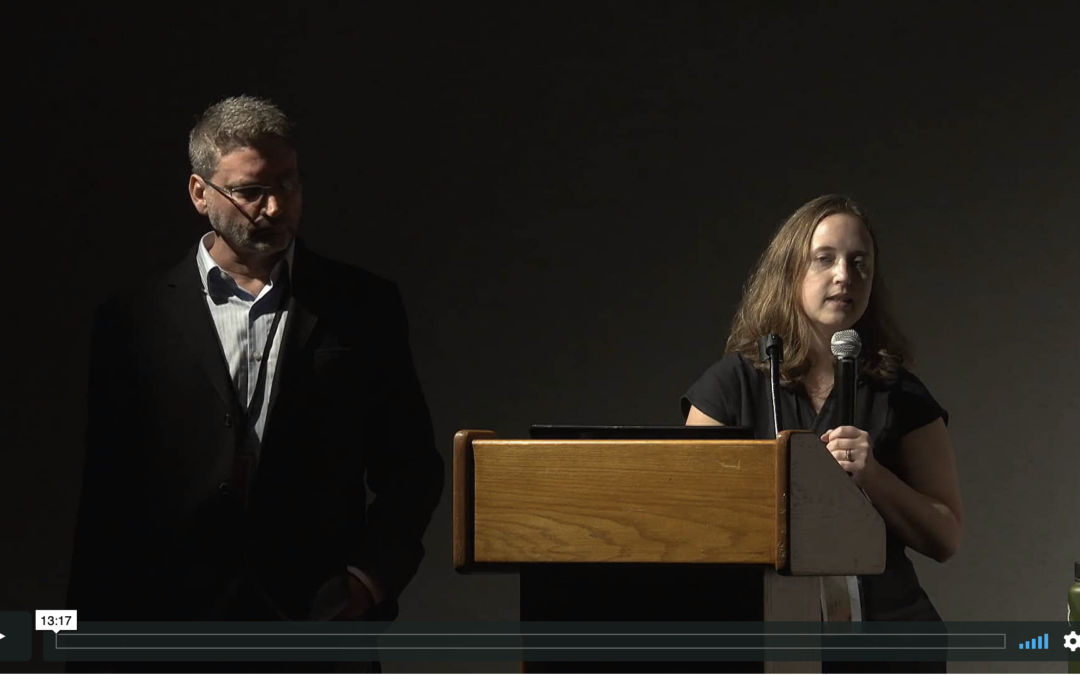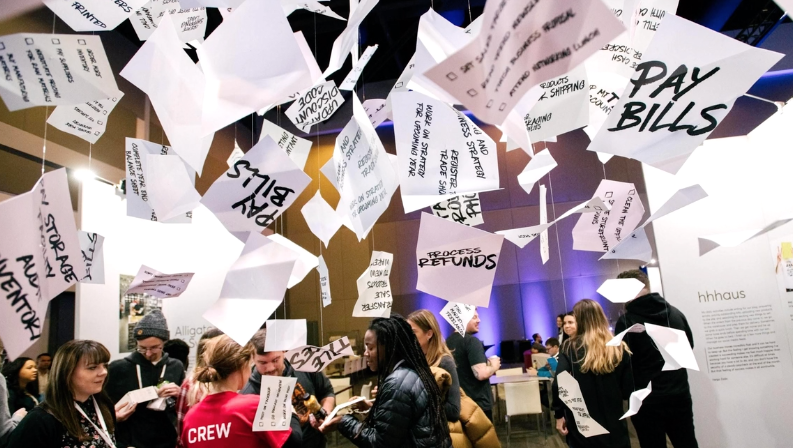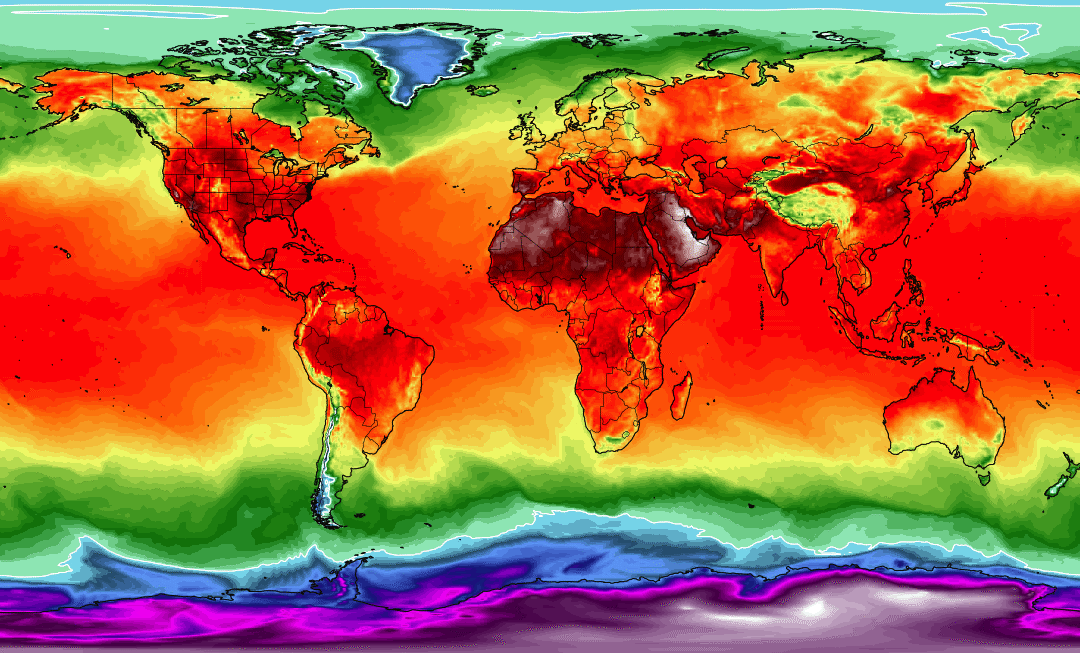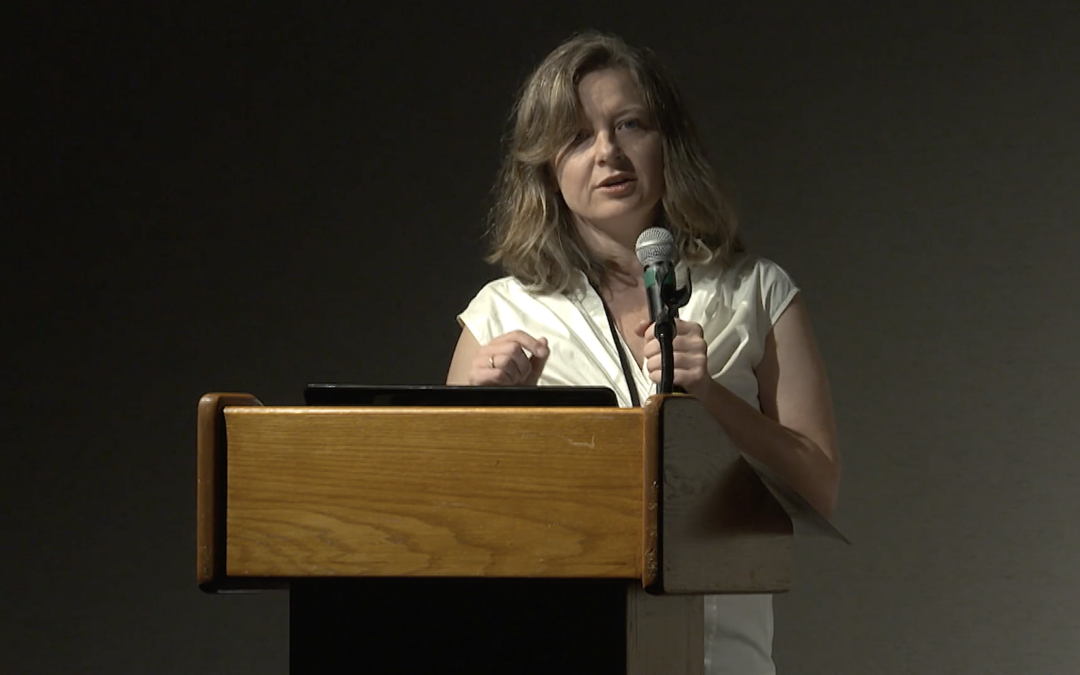EPIC2018 Keynote Address Introduction The headlines of the March 6, 1886 edition of the Illustrated Police News, read “Cowed by a Woman: A Craven Red Villain Weakens in the Face of a Resolute White Heroine—Exciting Adventure in an Indian Village in Arizona.” The lede was accompanied by this...
